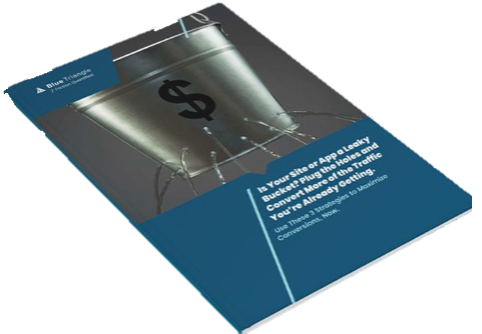What to do when budgets are scrutinized and tools are rationalized?
Two words: Prove ROI.
Since mid-2023, the buzz surrounding "tools rationalization" has reverberated across boardrooms and budget discussions.
What is tools rationalization?
Also known as tool consolidation, it's the systemic analysis of the products, services, and applications companies use and how much those tools cost the business.
According to one report, most departments use between 40 and 60 different applications, and companywide, this balloons to over 200 tools on average, which can drastically impact business spend.
Today, large and small companies are scrutinizing their toolsets to cut costs, simplify processes, and increase efficiency.
For example, Kyndryl, the world's largest provider of IT infrastructure services, has undergone a huge two-year transformation, modernizing, consolidating, and optimizing its operating stack.
Check out Dennis Perpetua, CTO and CXO, on The Frictionless Experience to hear how Kyndryl went from using 1,300 to 300 applications.
It's common for departments seeking budget approval to be asked about the value those solutions will bring before funds are released. However, a recent shift has seen C-level budget holders demanding provable, tangible ROI of at least 5x the purchase price before approving any new investment or solution renewal.
To solve for tools rationalization, companies must:
- Identify every tool used across the business.
- Understand how tech or apps are being used.
- Evaluate the costs associated with each one.
- Correlate each to business outcomes.
As Kenny Goldshvartz, Digital Strategy and Solutions Guru at Wyndham Hotels & Resorts, says on an episode of The Frictionless Experience:
"I could go and talk to our leadership team and say, 'Let's invest $10 million into the site, and we'll be able to improve the performance numbers to where the site is twice as fast as it really is'. I know that's not going to bring me conversions. So having that context on what that ideal conversion is, is incredibly important."
It's one thing to invest in tools and optimizations for the sake of investing and hoping they payoff; it's another to understand and quantify their impact on conversions, revenue, and sales.
This new mandate has left many vendors scrambling to quantify the ROI of their products or services, especially those providing operational-based solutions to customers.
But for Blue Triangle, proving ROI has been a cornerstone of our business for years.
Here is our proven, 3-step approach that begins and ends with business outcomes to maximize your investment and create experiences that convert more users:
- First, quantify the conversions and revenue loss resulting from digital friction.
- Next, identify where to deploy resources based on impact to resolve friction.
- Lastly, validate outcomes achieved from your user experience optimizations.
Looking across our customer base since 2023, we've consistently delivered an average return of 13x their investment, with some customers experiencing returns as high as 40x their initial spend – all validated by our satisfied customers.
So, while this seems like a new requirement for some providers, it should be the standard customer expectation. And while one-time application rationalization might save you money now, it's important to make this a continuous process to unlock its long-term value.
Gone are the days of simply spending budget allocations to avoid losing them in the next fiscal year. The new norm is rooted in delivering measurable results.
If a vendor can prove a tangible ROI that surpasses the initial investment, budget constraints become less of a concern. It's no longer about spending for the sake of spending; it's about investing strategically in solutions that drive real business impact and deliver significant returns.
In an era of tools rationalization and budget scrutiny, companies will increasingly demand transparency, accountability, and demonstrable value from their vendors.

During the holiday rush, every shopper matters
Optimize the customer journey before the eCommerce event of the year.

.jpg)

